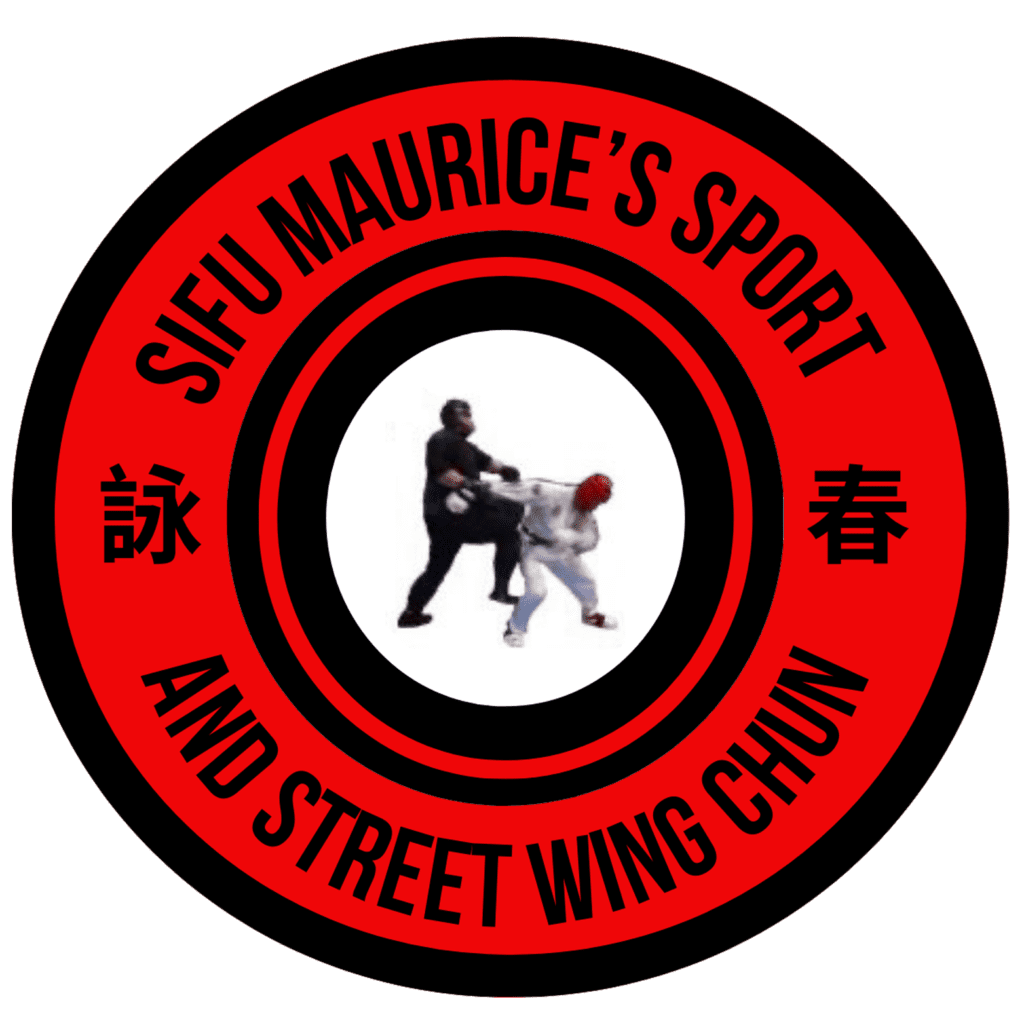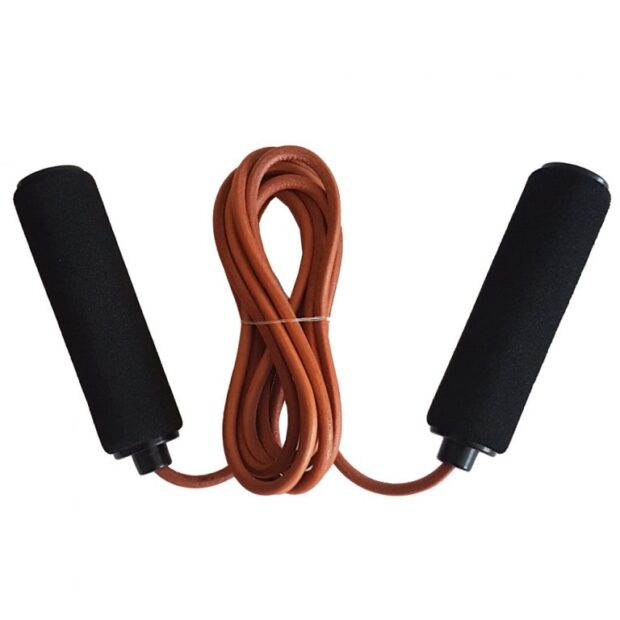8 Essential Martial Arts Exercises for Beginners: Building a Strong Foundation
Before diving into any physical activity, a proper warm-up is essential. Warming up increases blood flow to your muscles, lubricates your joints, and prepares your body for the upcoming exercises. Spend 5-10 minutes doing light cardio exercises like jogging in place, jumping jacks, or high knees. Follow it up with dynamic stretches that mimic the movements you’ll be doing during your workout. This combination gets your heart rate up and your muscles ready for action.
Strength-Building Basics: Bodyweight Exercises
When it comes to building a solid foundation for your martial arts journey, focusing on bodyweight exercises is a smart approach. These exercises use your own body as resistance, allowing you to develop functional strength and improve muscle coordination. Let’s dive deeper into three fundamental bodyweight exercises that will lay the groundwork for your physical progress.
1. Push-Ups: Strengthening Your Upper Body
Push-ups are a timeless exercise that targets your chest, shoulders, and triceps. They not only help you build upper body strength but also improve your core stability. If you’re a beginner, start with modified push-ups by placing your knees on the ground. As you become more comfortable, gradually transition to standard push-ups. Remember to maintain proper form: keep your body in a straight line from head to heels, and lower yourself until your chest nearly touches the ground before pushing back up.
2. Squats: Building Lower Body Power
Squats are a powerhouse exercise for building lower body strength. They work your quadriceps, hamstrings, glutes, and even your core. To perform a squat, stand with your feet shoulder-width apart. Imagine you’re sitting back into an imaginary chair as you lower your hips down and back. Make sure your knees align with your toes, and keep your back straight. As you rise back up, engage your glutes and quadriceps to return to the starting position. Squats not only enhance your strength but also contribute to better mobility in your hips and knees.
3. Planks: Enhancing Core Stability
Core strength is crucial in martial arts, as it provides the foundation for controlled movements and balance. Planks are an excellent exercise to target your core muscles, including your abdominals and lower back. To perform a plank, start in a push-up position, but lower yourself onto your forearms. Keep your body in a straight line from head to heels and engage your core muscles. Hold this position for as long as you can while maintaining proper form. Begin with shorter holds and gradually increase the time as your core gets stronger. Planks not only build strength but also help you develop stability throughout your entire body.
Integrate Bodyweight Exercises Wisely
When incorporating these bodyweight exercises into your routine, it’s important to progress gradually. As a beginner, focus on performing each exercise with proper form before increasing the intensity. Start with a manageable number of repetitions and sets, and gradually increase them over time as your strength improves. Remember, quality is more important than quantity – maintaining correct form is key to preventing injuries and achieving optimal results.
By consistently practicing push-ups, squats, and planks, you’ll be setting the stage for a successful martial arts journey. These foundational exercises not only enhance your physical capabilities but also contribute to your overall health and well-being. As you progress in your training, you’ll find that the strength, stability, and coordination you develop through these exercises will serve as a solid platform for mastering more advanced techniques in your chosen martial arts.
Cardio Conditioning: Enhance Your Endurance
Cardiovascular fitness and endurance are essential components of any martial arts journey. Building a strong cardiovascular system not only improves your overall health but also helps you sustain energy during intense training sessions and fights. Here are two effective cardio conditioning exercises to incorporate into your routine:
4. Jump Rope: Cardiovascular Fitness with a Twist
Jumping rope is a dynamic and enjoyable way to boost your cardiovascular fitness. Not only does it increase your heart rate, but it also engages multiple muscle groups, including your legs, core, and shoulders. Jumping rope improves your footwork, agility, and coordination – skills that are crucial in many martial arts. Start with a comfortable pace and gradually increase your speed as you become more proficient. Jumping rope can easily be adapted to your fitness level, making it an excellent option for both beginners and experienced practitioners.
5. Running or Jogging: Building Stamina and Endurance
Running or jogging is a classic method for improving stamina and endurance. It’s a straightforward yet effective way to increase your lung capacity and build cardiovascular strength. Begin with a gentle jog or brisk walk, gradually progressing to longer distances and faster paces as your fitness level improves. Outdoor runs allow you to enjoy fresh air and changing scenery, while treadmill running provides controlled conditions. Whether you choose to jog around your neighborhood or hit the local track, consistent running or jogging sessions will help you build the stamina needed for extended training and sparring sessions.
6. Flexibility and Mobility: Unlock Your Range of Motion
Flexibility and mobility are essential for performing martial arts techniques efficiently and preventing injuries. Incorporating stretching exercises into your routine helps you maintain a wide range of motion in your joints and muscles. Here’s how you can enhance your flexibility and mobility:
7. Dynamic Stretching: Active Warm-Up
Dynamic stretching involves moving your muscles and joints through their full range of motion. This type of stretching is ideal for warming up before your training session. Include leg swings, arm circles, and hip rotations to activate your muscles and increase blood flow to the areas you’ll be using. Dynamic stretches prepare your body for movement and improve your functional flexibility.
8. Static Stretching: Cool-Down and Improved Flexibility
After your workout, engage in static stretches to improve and maintain flexibility. Focus on major muscle groups such as hamstrings, quadriceps, calves, and shoulders. Hold each stretch for 15-30 seconds without bouncing, allowing your muscles to relax and lengthen. Static stretching helps improve your overall flexibility over time, contributing to better joint mobility and reduced muscle tension.
Balanced Conditioning for a Well-Rounded Journey
Incorporating both cardio conditioning and flexibility exercises into your routine will lead to a balanced and well-rounded martial arts journey. Cardiovascular fitness enhances your endurance and energy levels, while flexibility and mobility exercises improve your range of motion and prevent injury. As you progress, you’ll find that your improved cardiovascular health and flexibility provide you with the foundation to explore more advanced techniques and achieve your goals in your chosen martial arts.
Cool Down: A Soothing Finish
Just as warming up is crucial, cooling down is equally important. A proper cool down helps your heart rate return to normal and prevents muscle soreness. Spend a few minutes doing light stretches or even deep breathing exercises to relax your body and mind.
Remember, consistency is key. Dedicate time to these essential exercises regularly to see improvements in your strength, endurance, and flexibility. As you progress in your martial arts journey, these foundational exercises will serve as a solid base upon which you can build more advanced techniques. Enjoy the process of learning and growing, and celebrate every step of your evolution in the world of martial arts.

